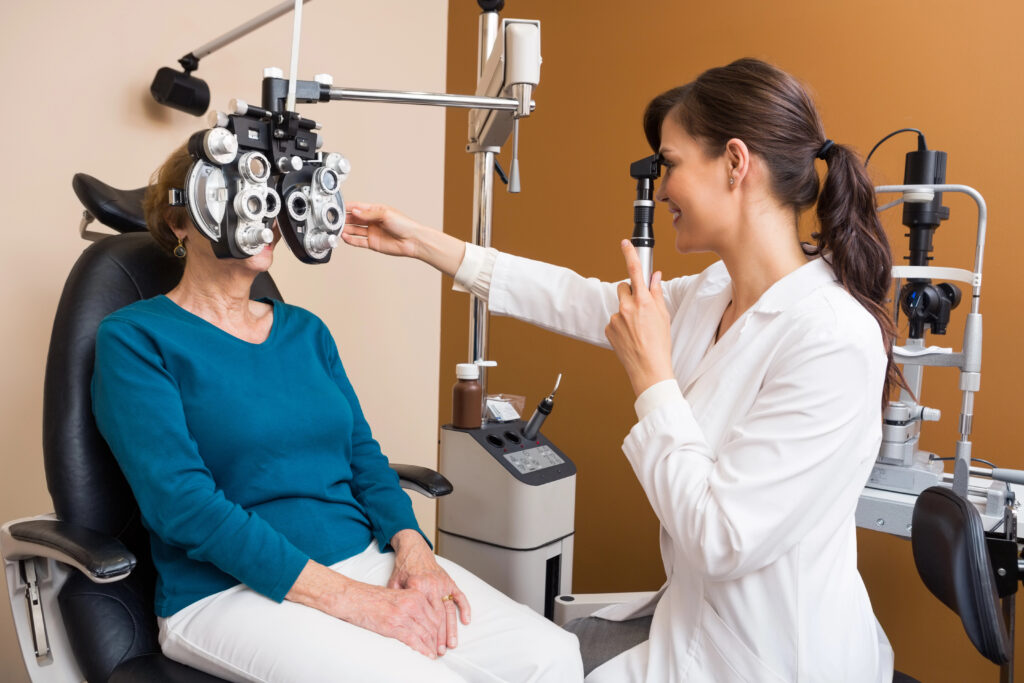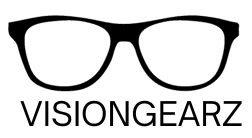Don't miss our holiday offer - up to 50% OFF!
How to Find the Right Strength of Reading Glasses
You’ve probably seen those reading glasses they sell in stores. They usually come with numbers like +1.00 or +2.00 that indicate the strength of the lenses. But how do you know which strength is right for you?
Do you try them on like clothes and pick the best fit, or is there a better way to ensure you leave the store with glasses that can actually meet your needs?
Why the Strength of Reading Glasses Matters
It is important to choose the right strength for your reading glasses. If they are too weak, you’ll struggle to read. If they are too strong, you may strain your eyes excessively, resulting in headaches.
The strength of reading glasses is measured in a unit called diopters. You will always see them written as numbers, like +1.00 or +2.50. The higher the number, the stronger it is.
A low number, like +1.00, is very low in magnification, and a higher number, like +3.00, has a greater magnifying power.
Your eyes need different levels of magnification as you get older, and the strength you need may change with time.
A General Guide to Age and Strength

Here’s a guide to give you a general idea of the strength you may need based on your age:
* 40-43 years old: +1.00
* 44-47 years old: +1.25 to +1.50
* 48-51 years old: +1.50 to +1.75
* 52-55 years old: +1.75 to +2.00
* 56-59 years old: +2.00 to +2.25
* 60-64 years old: +2.25 to +2.50
* 65 years and older: +2.50 to +3.00
Your eyes are unique, so your perfect strength might be different from what this chart suggests.
The Best Way to Know: Get an Eye Exam

Eye doctors maintain that the way to determine a person’s needed strength is by having the eyes checked yearly. An eye doctor can tell you precisely what power you need.
They do not only check how well one can read but also determine if there are other problems that may affect your vision.
The DIY Test: For When You Can’t Get to the Eye Doctor
If you need a quicker alternative, or if want to double-check your prescription, conduct this simple DIY:
- Look for an object with regular-sized text for the test. A book or card will work
- Hold the text at your usual reading distance.
- Try using different reading glasses to read the text.
- The correct pair should display the words on the card clearly without eye strain.
- This test is not perfect, but it will help you find a pair that works until you can get to an eye doctor.
Pro Tip: William Reynolds, an optometrist and president of the American Optometric Association, suggests that if you’re stuck between two pairs that feel equally suitable, choose the pair with the weaker power.
Using reading glasses that are too strong will create more discomfort than reading glasses that are just a little bit too weak.
You could always hold objects closer to you with weak glasses, but with you could get headaches or have eye strain from wearing glasses that have higher strength than you require.
Why Your Reading Glasses Strength Might Change
You may have noticed from the chart that the strength of reading glasses you need may change with age. Here are a few reasons why this happens:
- As we grow older, the focusing capacity of the lens in your eye diminishes over time
- Some health conditions, such as diabetes, may affect your vision. Changes in your overall health may mean changes in your vision also.
- Some medications can affect your eyes. Talk to your doctor if you notice changes in your vision after starting a new medication.
- Lifestyle changes such as starting a new hobby, or a job requiring lots of reading.
Since your eyes could change at any time, it is necessary to get regular check-ups. An eye doctor can easily spot these changes and adjust the strength of your reading glasses as needed.
When to See an Eye Doctor
While over-the-counter reading glasses can be an excellent solution for most people, here are some instances when you need to see an eye doctor:
- If you suffer from headaches or eye strain despite using your reading glasses.
- If you have diabetes, high blood pressure, or a family history of eye diseases.
- If you notice flashes of light, floaters, or other sudden changes in your vision.
- If you have eye pains or redness that doesn’t go away.
Read Also: How to Care for Your Reading Glasses
